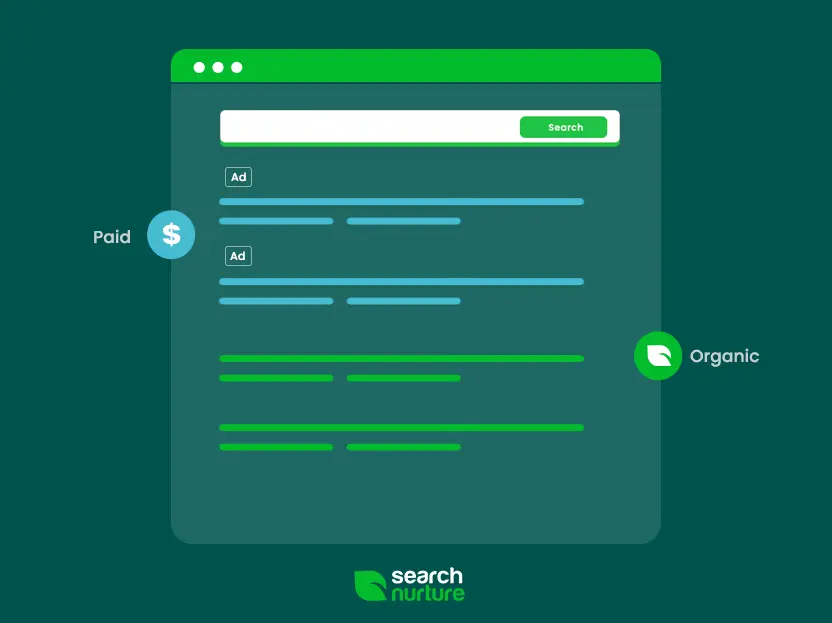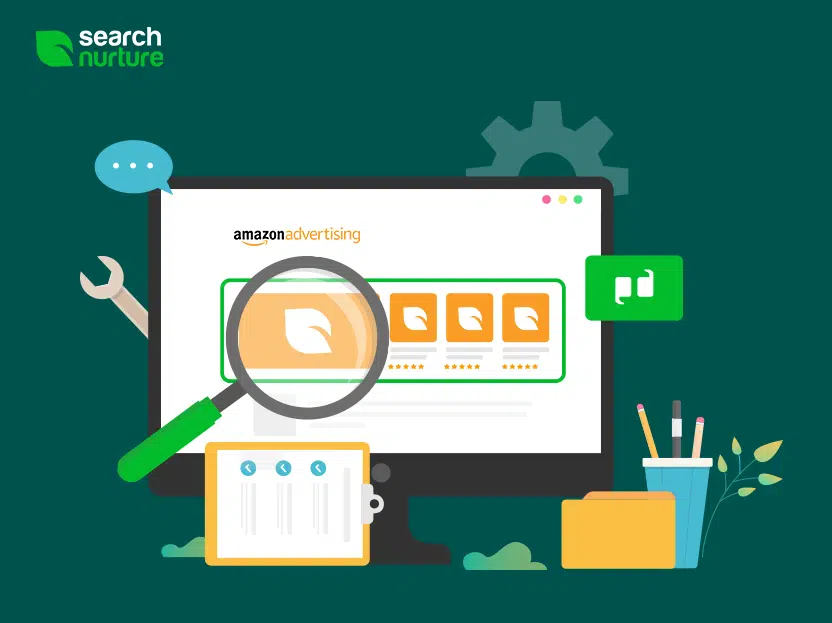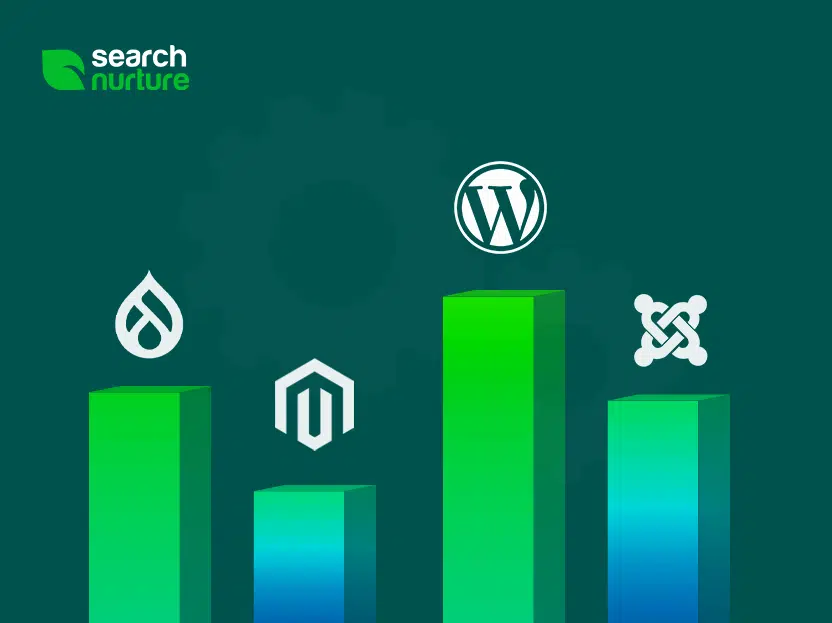When conducting a competitor analysis, make sure you actually look at the search engine results page to see how your competitors are showing up.
Admittedly, it’s easy to get lost in spreadsheets that detail everything from position to search intent and SERP features. But if you never look at the SERP, you risk missing some easy wins — and all experienced SEOs know that the small wins add up.
(Experienced SEOs know the small wins add up.)
In a recent competitor analysis, we noticed a brand that was showing review schema for some of our client’s most important search terms. We reported back to our client, showing them exactly how their competitor was leveraging a third-party review platform to enhance their listing in organic search.
“It should only take a few hours of our time, and we’ll give you exactly what you need to put in the source code,” we explained. “You just have to implement it.”
Let’s do it!
So, we did. And here’s what the SERP looks like now:
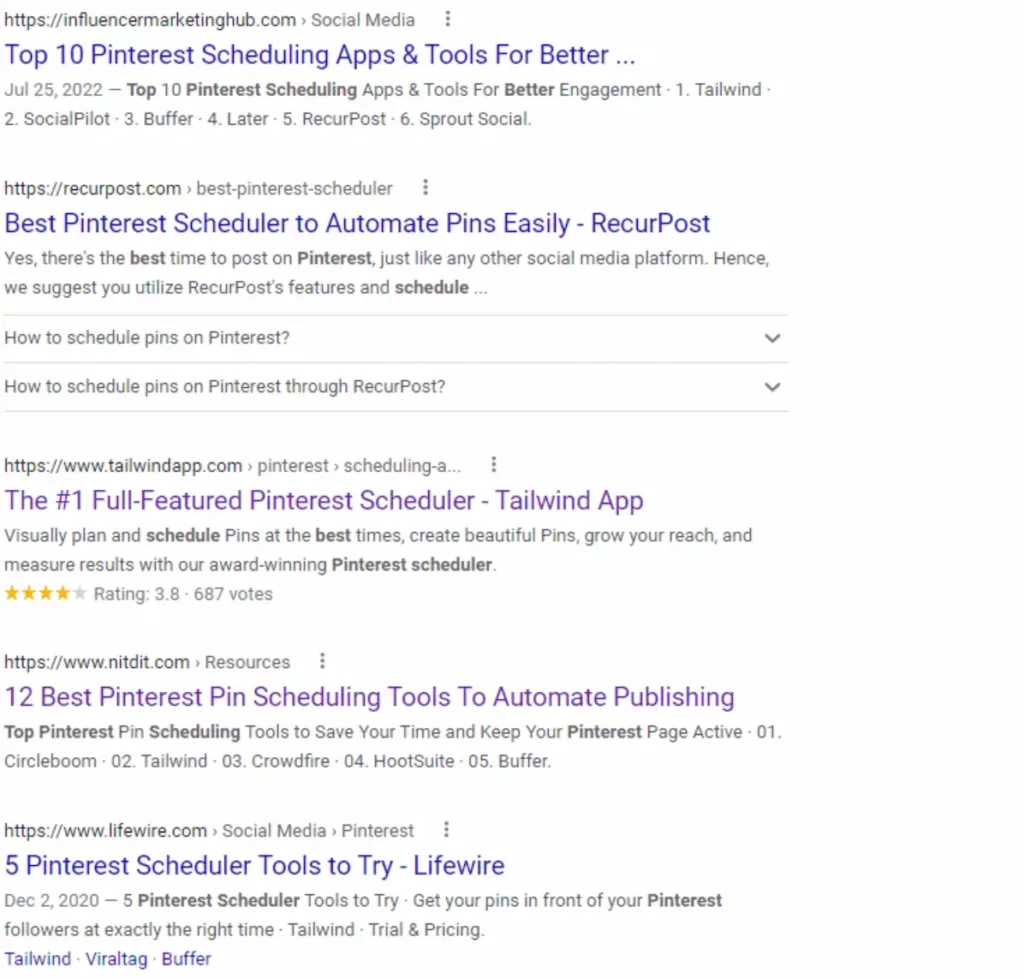
In developing our strategy, we found 14 pages on the website that were ripe for review schema. This group of pages included the homepage, platform pages and features pages — basically, all of the pages that rank for tool-related keywords like “pinterest scheduler” or “instagram planner.” We then went page by page, assigning unique values (keywords) to the attributes that make up the review schema. This was all delivered in a spreadsheet. Pro tip: The final snippets were glued together with the almighty =CONCATENATE function. Here’s an example of a snippet for the hashtag finder page:
<script type=”application/ld+json”>
{
“@context”: “https://schema.org/”,
“@type”: “Product”,
“name”: “hashtag generator”,
“image”: “https://www.tailwindapp.com/img/optimize/hashtag-finder/hero-min.png”,
“description”: “Multiply your reach with Hashtag Finder’s perfect-fit picks for every Instagram post. Stop copying-and-pasting, using outdated hashtags, and get started today!”,
“brand”: “Tailwind”,
“aggregateRating”: {
“@type”: “AggregateRating”,
“ratingValue”: “3.8”,
“ratingCount”: “687”
}
}
</script>
Taking this extra step, rather than applying the same code to 14 pages, helped us increase the number of queries for which review snippets are displayed. According to Google Search Console, our client is showing review snippets for 520 different queries. In the first month, the review snippets racked up about 1,200 clicks on 110k impressions.
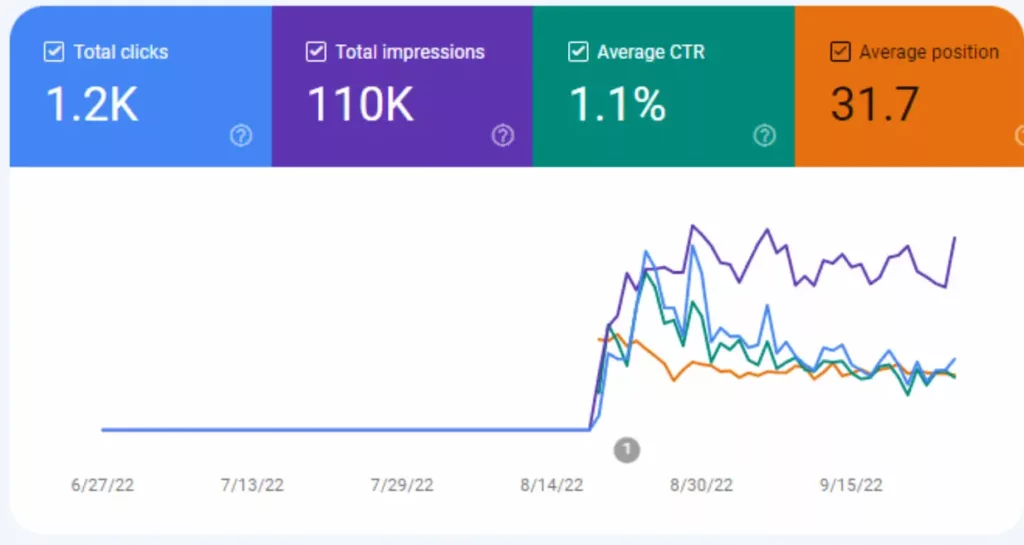
We love this project because it was so… easy.
- It didn’t change the content on the page (no review/approval process).
- It only took a few hours of our time.
- It didn’t take weeks to see results.
Be thorough in your competitor audits. It’s easy for SEOs to focus too much on rankings. There are a lot of opportunities for improving the way your results are displayed. Be thorough in your research. Go the extra step in creating unique snippets for different pages on your website. You can validate your schema (before it’s implemented) with this cool schema tool. Then check Google Search Console to see how your Review snippets are performing. We’ll be watching to see whether the review snippets fetch a higher CTR (you may have to control for position changes).
We hope this article has taught you something new – or inspired some new ideas. Schematic markup is an easy win that all marketers should consider. Some content management systems (and plugins) make it way easier than you might think. If you need further help generating the snippets, let us know. Search Nurture may be the B2B SEO agency you’ve been looking for. We can also conduct a more thorough technical audit of your website to uncover more quick wins (like review schema). Sound good?






